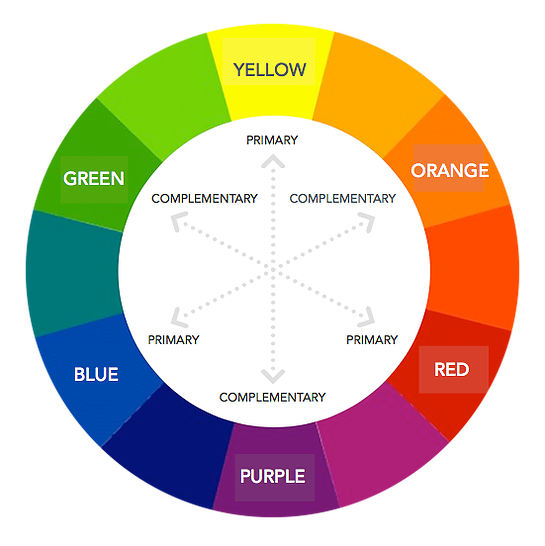Is Brassy Hair a Bad Thing? A Masterclass.
- projectbilancio
- Aug 15, 2024
- 4 min read
The word “brass” has a bad rap, however, brass isn’t necessarily a bad thing. A lot of people use the word brass when describing unwanted warmth in their hair color. Typically, if a client wants a more golden tone, they will say something like, “I want a warmer shade” or “ a buttery shade”—it’s not often that we hear folks say, “I want more brass” even though the underlying meaning is basically the same. If you’re looking for warmth, then a little brass isn’t a “bad thing”—it’s only a bad thing when you don’t want warmth! It’s all a matter of preference to find the right shade for you.

Brass is a word we use for warm tones like red and orange, that are typically most visible when you lighten your hair. These tones can also start to appear as your hair oxidizes.
You got your hair dyed 5 weeks ago but all of a sudden there's a lot of unwanted warmth popping through, what gives?
Overtime, as your hair color oxidizes in the sun, through heat styling, washing etc. Oxidation is basically when the hair’s cuticle opens up, and you slowly start to lose molecules of the hair color that your stylist meticulously formulated for you. Once you lose those molecules of color, you’re left with those naturally underlying pigments that end up looking warm, golden, or red.
For those who don’t want brassy hair color, is it hard to fix?
No, brassy hair is usually a pretty quick fix. In the salon your stylist will use toners to correct the color and if you can't make it in right away, you can use a blue or purple shampoo at home that counteracts brass.
Blue and purple shampoos are not interchangeable though. We can't tell you how many times we've heard a client say that they are using a purple shampoo, when really they should be using a blue one.
But how do you know, which one is right for you? Let's get educated....
Why do Blue and Purple pigments fix brass?
Color theory, my dear Watson. Let's break it down.

Purple shampoo is a shampoo that contains purple pigment to neutralize yellow tones on lighter hair. So how does purple shampoo work? The answer to this lies in the color wheel — a tool used in color theory to understand the relationships between individual colors. Colors opposite each other on the color wheel are called complementary, and are as different from each other as possible. Combining complementary colors cancels them out. Purple sits directly across from yellow on the color wheel. So depositing purple pigments on brassy, yellow tones color-corrects the hue, restoring it to a brighter cooler tone.
Blue shampoo contains blue pigments that are deposited into the hair when you shampoo. Like purple shampoo, it neutralizes the brassy tones that occur when hair is lightened. But where lighter hair color has underlying yellow tones when lifted, darker hair color has underlying orange tones. Orange is opposite blue on the color wheel. This means blue cancels out orange. If you’ve got dark hair with balayage, ombré or conventional highlights, if you’ve lightened your dark hair completely, or if you have a combination of dark and light hair with highlights, blue shampoo is your solution for brassiness. So what does blue shampoo do? Blue shampoo:
Neutralizes unwanted orange, red and copper tones that shows up in lightened hair
Keeps brunette hair looking vibrant and multi-dimensional
Uses blue pigments to cool down warm tones
What does counteract mean?
Counteracting brass means using the opposite tone on the color wheel to neutralize that shade, and get you the finish you want. For example, using blue or purple helps counteract brassy tones for blonde hair colors. During your color formulation, your colorist will use these neutralizers to help tone down or “counteract” any unwanted brass. Think of it like how opposites attract, and essentially balance each other out.
So how do I communicate what I want to my stylist?
It's super helpful to have a basic knowledge of hair color but you want to avoid telling your stylist how to formulate your color. Lots of people make the mistake of saying they want "an ashy blonde", simply because they want to avoid brass or yellow tones. When in reality Ash blonde doesn't look good on the majority of people. Warmth is good. Warmth is needed to reflect light and make your hair look healthy and vibrant. So, I urge you to be really careful with using industry terms, because you might end of shooting yourself in the foot and mislead your stylist.
Bring in a few photos of the colors you love and explain exactly what you like and don't like about the inspiration photos. From there, trust, trust, trust your stylist to formulate appropriately for your goals.
We hope this has been informative and helpful. Feel free to reach out to us any time and ask questions.
Come back next week when we discuss "Ash".
Salon Bilancio
1414 Fourth Street
San Rafael, CA





Comments